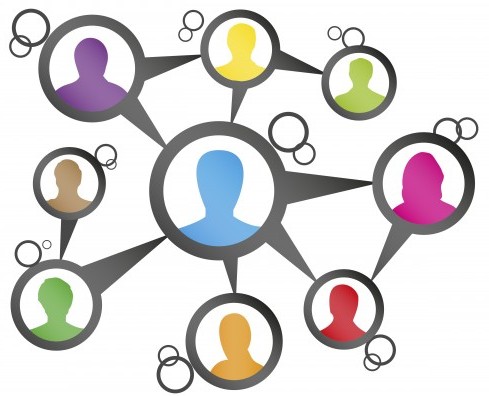The business of influence
We’re going to create a model and workflow for influencer relations in a workshop at #PRFest in Edinburgh on 15 June. Mark the date in your diary.
As traditional media has fragmented individuals have created their own media and networks on almost every form of social network. These changes are the story of my career, and probably yours too.
Each new form of media from Snapchat to YouTube, and from Instagram to Twitter, has given rise to a new breed of influencers. LinkedIn has become an incredible business-to-business influencer platform.
Characterising the influencer relations business
Media relations, a core area of public relations practice, has shifted from pitching traditional media to working with these individuals across all forms of media.
Whether they are opinion leaders, experts, ambassadors, creators, celebrities, activists or healthcare professionals, the goal remains the same. Influencers provide a means of building trust with specific communities through third party storytelling.
Organisations seek to engage with these new influencers and secure their endorsement and the reach of their network.
Influencer relations is set to become a strategic priority for brands in the next 12 months according to a report from Altimeter sponsored by Traackr.
Altimeter questioned more than 100 senior marketing and public relations functions from leading companies including 3M, Amazon, American Express, Diageo, and Microsoft.
Half of the organisations surveyed reported small influencer marketing budgets in comparison to the rest of the marketing or public relations mix, allocating less than $100,000 annually. 55% reported that they planned to spend more in the next year.
The content and channel may be new but an influencer relations campaign is effectively media relations for the modern age. It’s an area of practice that strikes right at the heart of the business of public relations.
Everyone is an influencer

The most powerful form of influencer relations is one-on-one advocacy.
My kids, my partner and my mum have the greatest influence on me, and then people in networks that I trust.
Identifying influencers has become a science in its own right. A third party market of tool vendors such as Traackr is emerging.
Influencer relations has put the public relations business on a collision course with marketing. The last five years have seen the emergence of paid influencers and creators.
Public relations seeks to negotiate with influencers and build long term relationships, whereas marketing wants to buy access to audiences at scale in the same way you’d buy media space.
In my personal view the solution lies somewhere in the middle. Influencers are creators that invest in their craft and their network.
We’re also seeing the emergence of marketplaces such as TapInfluence which acts as an intermediary between brands and influencer, bringing transparency to pricing.
The ASA in the UK is taking a keen interest in disclosure and ethical practice. The public relations business has been slower off the mark.
Creating a #PRfest influencer model and workflow
I’m hoping to apply the brainpower of the #PRFest community to create a model and workflow for influencer relations.
It’ll be a lively and practical workshop where we’ll explore the best ways to identify, engage, negotiate and work with influencers across any network.
My session follows 10 Yetis’ Andy Barr who is presenting a series of case studies. I’m hoping he’ll help us out with much of the leg work. I’ll also share some case studies from campaigns that we’ve delivered at Ketchum.
Guest post by #PRFest speaker Stephen Waddington @Wadds.
